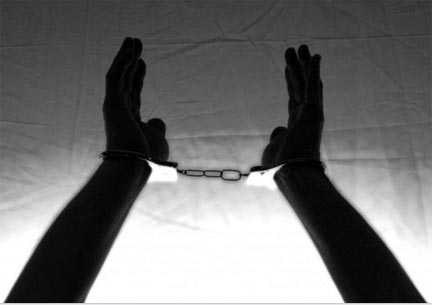LAST week, as we paused to celebrate our Independence, I tried to recall how National Day or Independence Day started and came to be observed annually in other countries.
From various online sources, I was able to piece together this historical tableau.
We know, of course, that in the case of the Philippines, this happened in Kawit, Cavite on June 12, 1898. Emilio Aguinaldo proclaimed the sovereignty and independence of the Philippines from the colonial rule of Spain. On that occasion, the newly-designed Philippine flag was unfurled and the Marcha Nacional Filipina was played for the first time.
There was a time, however, (between 1946 and 1965) when we celebrated Independence Day on July 4. The day marked the termination of American rule in the Philippines.
The US marks its own Independence Day on July 4. On that day in 1776, the Continental Congress adopted the Declaration of Independence (framed by Thomas Jefferson) signaling the separation of l3 North American British colonies from Great Britain.
France commemorates the storming of the Bastille, a prison in Paris and a symbol of oppression by the ruling royalty, on July 14, 1789. The attack on Bastille initiated the French Revolution.
Canada Day celebrates the British North America Act of July 1, 1867. The Act established the federal government of Canada and united the British colonies of Nova Scotia, New Brunswick, Ontario, and Quebec. Note, however, that the British maintained some influence until 1982 with the passage of the Constitution Act.
Mexico commemorates that day on September 16, 1810, when Miguel Hidalgo y Costilla, a parish priest (!) in Dolores, Mexico, issued the “Gritos de Dolores”. After ringing the church bell to gather the local poor Indians and mestizos, Fr. Hidalgo asked them to rise against the Spanish peninsulars, demanding equality of races and the redistribution of land.
Peru formally proclaimed independence on July 28, 1821, and following the military campaigns of Jose de San Martin and Simon Bolivar, and the decisive battle of Ayacucho, Peru secured independence in 1824.
August 15, 1947 marks the end of British rule in India and the establishment of a free and independent Indian nation. It also marks the split of the sub-continent into two countries – India and Pakistan.
Indonesia formally declared its independence from the Dutch on August 17, 1945, but it was only four years later in 1949 when the Dutch finally recognized independence.
Here is an interesting footnote to Vietnam’s declaration of independence on September 2, 1945 – a day commemorated as National Day.
For a long time, the Vietnamese were under French rule until the start of WWII when the French were displaced by the Japanese. With the defeat of the Japanese in 1945, the French tried to re-establish itself in Vietnam.
Ho Chi Minh saw it as the perfect timing for the reading of the Declaration of Independence at Ba Dinh Square in Hanoi.
According to writer James M. Lindsay, Ho Chi Minh liberally quoted from the US Declaration of Independence of 1776!
“All men are created equal. They are endowed by their Creator with certain inalienable rights, among them are Life, Liberty, and the pursuit of Happiness.”
Lindsay’s take on the Ho Chi Minh speech: The Vietnamese leader was seeking the support and recognition of the United States.
Unfortunately, Washington ignored Ho Chi Minh and sided with France, its ally in its own war of independence against the British.
The French re-established its control over most of Vietnam but only until 1954 when the French were decisively defeated by Ho Chi Minh’s army in Dien Bien Phu.
Common methods of celebrating national days include public raising and display of flags, wearing national colors, parades, marches, and fireworks.
L.P. Pelayo, Editor of Filipino Reporter in New York, tells me it is always a big thing in New York.
“Organizers of the Philippine Independence Day celebration here in New York and the tri-state area claim that it is the largest parade in the United States. I concur to some extent. Our parade route is still on Madison Avenue – instead of Fifth Avenue. But at least we have a parade every first Sunday of June.
“The parade is a big thing here. Artistas from Pinas clamor to be a part of the concert, meet-and-greet, march. A throng of spectators assemble at the parade route and street fair. Consistent turnout every year.”
Unique to certain jurisdictions are the pardoning of prisoners, rodeos, bullfights, surfing competition, boat races, backyard barbecues, and kite flying competitions.
Note: You may email us at totingbu[email protected]. Please feel free to share the foregoing article via Facebook and/or Twitter.



